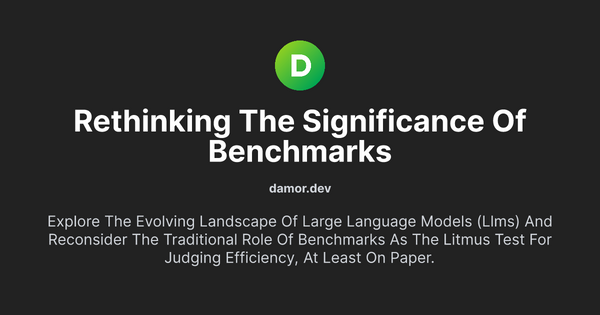Microsoft's Quantum Revolution: AI Integration for Supercharged Computing

Microsoft Supercharges Quantum Computing With AI Integration
Microsoft is supercharging quantum computing by integrating it with artificial intelligence (AI), marking a significant leap into the future. At the recent Ignite conference, CEO Satya Nadella shared Microsoft's ambitious journey into quantum computing, highlighting the combination of quantum computing and AI through Azure Quantum Elements. This integration streamlines simulations, making them more efficient by reducing the search space.
Graphormers: A New Model Architecture
Nadella introduced a new model architecture called Graphormers, designed to emulate complex natural phenomena. Similar to large models generating text, Graphormers can create entirely new chemical compounds, a task previously unimaginable for classical computers. This innovation is expected to compress 250 years of chemistry and material science progress into just 25 years, showcasing the transformative power of AI in accelerating scientific advancements.
Azure Quantum Elements Efficiency
Available in private preview since June 30, Azure Quantum Elements has demonstrated remarkable efficiency gains. In one case, a process that traditionally took three years now completes in just 9 hours, leveraging quantum elements within a Python notebook. This acceleration introduces a new era, empowering scientists with tools like Copilot to navigate results swiftly and effectively, catalyzing innovation.
Empowering Research in Chemistry
The goal is to empower researchers to explore molecular possibilities, accelerating breakthroughs in chemistry that impact over 96% of manufactured goods. Companies in the chemical and materials industries spend billions on research and development (R&D), and the integration of advanced high-performance computing (HPC), quantum computing, and AI is expected to significantly enhance the efficiency of R&D processes.
NobleAI and Early Users
NobleAI, a company utilizing AI for actionable insights and predictions to expedite the development of new chemicals, materials, and formulations, is among the early users of Microsoft Quantum Elements. Microsoft reports that some customers have sped up their development processes by as much as six months, with notable companies such as BASF, AkzoNobel, and Johnson Matthey testing the system.
Industry Leaders Embrace the Paradigm Shift
Industry leaders, including BASF and Johnson Matthey, have embraced this paradigm shift, recognizing its potential to expedite research approaches and increase efficiency, especially in sustainable technologies. The integration of Azure Quantum Elements into Azure's HPC cloud has enabled Johnson Matthey to accelerate quantum chemistry calculations, unlocking new possibilities for atomic-level predictions.
Collaboration with Photonic for Quantum Networking
Microsoft's collaboration with Photonic further reinforces its commitment to a quantum future, offering tools and insights for scaled quantum computers. The partnership aims to pioneer quantum networking capabilities using photonically linked silicon spin qubits, envisioning reliable quantum communications over extended distances. This collaboration outlines a roadmap for achieving entanglement between separate quantum devices, developing quantum repeaters, and delivering a fault-tolerant quantum repeater integrated with Azure cloud services.
Groundbreaking Applications with Photonic
The collaboration with Photonic promises groundbreaking applications in digital security, climate modeling, materials development, and pharmaceuticals through quantum computing. Microsoft's strides in quantum computing position it at the forefront of a quantum revolution within the Azure ecosystem, promising continued acceleration in simulations and groundbreaking discoveries in various fields.


![[Solved] ZlibError:zlib:
unexpected end of file - payload](/content/images/size/w600/2024/02/Screenshot-2024-02-18-143905.png)


